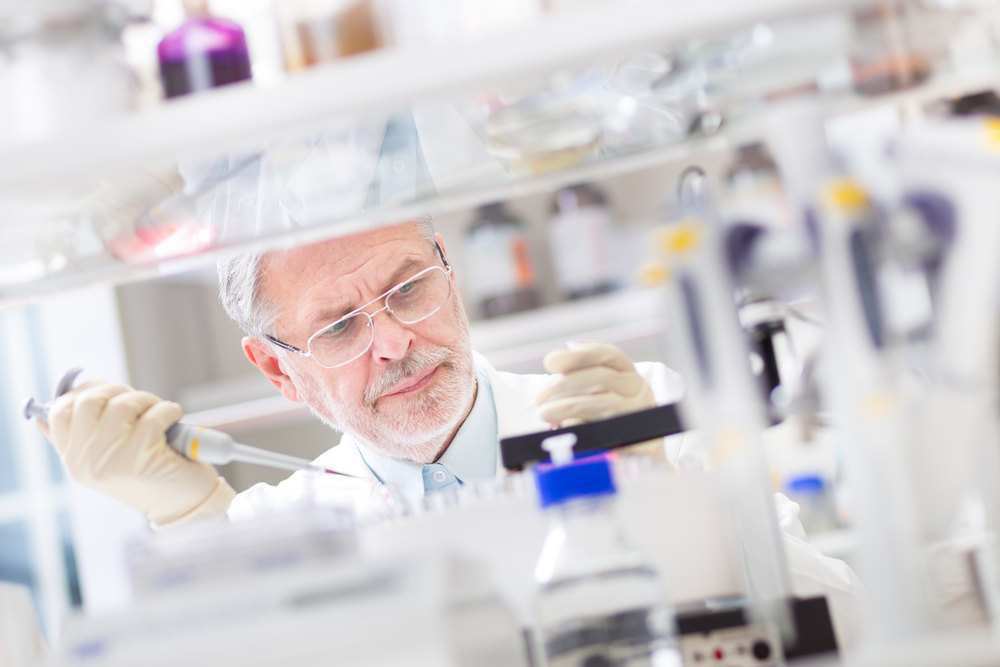The drug manufacturing industry is undergoing significant transformations as it adapts to new technologies, regulatory requirements, and market demands.
In 2024, these changes are shaping the way drugs are produced, packaged, and delivered to patients. This article explores the key trends and innovations that are defining the future of drug manufacturing.
Advancements in Drug Manufacturing Technologies
The landscape of drug manufacturing is being reshaped by technological advancements. Automation and digitalization are playing crucial roles in enhancing production efficiency and consistency. Robotics and artificial intelligence (AI) are being integrated into manufacturing processes to optimize workflows, reduce human error, and improve overall productivity. These technologies enable more precise control over manufacturing conditions and facilitate real-time monitoring and adjustments.
Continuous Manufacturing and Its Benefits
Continuous manufacturing is gaining traction as a modern approach to drug production. Unlike traditional batch manufacturing, continuous processes allow for the ongoing production of pharmaceuticals without interruptions. This method offers several advantages, including increased efficiency, reduced production costs, and enhanced product quality. By streamlining operations and minimizing downtime, continuous manufacturing helps meet the growing demand for pharmaceuticals while maintaining high standards of safety and efficacy.
Personalized Medicine and Customized Production
Personalized medicine is revolutionizing drug development and manufacturing by tailoring treatments to individual patient profiles. Advances in genomics and bioinformatics are enabling the creation of highly specific and targeted therapies. This shift towards personalized medicine requires drug manufacturers to adapt their production processes to accommodate smaller, customized batches and ensure the accurate delivery of personalized treatments. The ability to produce tailored medications on a smaller scale presents both challenges and opportunities for the industry.
Sustainability and Green Manufacturing Practices
Sustainability is becoming a key focus in drug manufacturing, with an increasing emphasis on reducing environmental impact. Green manufacturing practices, such as energy-efficient processes, waste reduction, and the use of eco-friendly materials, are being adopted to minimize the carbon footprint of pharmaceutical production. Companies are investing in technologies and practices that support sustainability goals while maintaining product quality and regulatory compliance.
Innovations in Pharmaceutical Packaging
Pharmaceutical packaging is evolving to enhance safety, functionality, and patient compliance. Advances in packaging technologies are leading to the development of smart packaging solutions that incorporate features such as real-time temperature monitoring, tamper-evidence, and user-friendly designs. For instance, pharmaceutical packaging companies are offering innovative packaging solutions that ensure the integrity and traceability of pharmaceutical products throughout the supply chain.
Regulatory Compliance and Quality Assurance
Regulatory requirements are becoming more stringent as the industry faces increasing scrutiny from regulatory agencies. Drug manufacturers must adhere to rigorous quality standards and comply with evolving regulations to ensure the safety and efficacy of their products. The implementation of robust quality assurance processes and regulatory compliance measures is essential for maintaining product integrity and meeting market expectations.
Impact of Globalization on Drug Manufacturing
Globalization is influencing drug manufacturing by expanding market reach and increasing competition. Companies are establishing manufacturing facilities in different regions to tap into new markets and leverage cost advantages. This global approach requires effective coordination and adherence to diverse regulatory standards across various jurisdictions. As a result, drug manufacturers must navigate complex international regulations and ensure the seamless integration of global operations.
Emerging Trends in Biopharmaceutical Manufacturing
The biopharmaceutical sector is experiencing rapid growth, driven by advancements in biologics and gene therapies. Innovations in biomanufacturing technologies, such as cell culture systems, protein expression systems, and purification techniques, are advancing the production of complex biologics. These trends are facilitating the development of cutting-edge therapies for a wide range of diseases and conditions.
Conclusion
The evolution of drug manufacturing in 2024 is characterized by technological advancements, personalized medicine, sustainability efforts, and regulatory changes. The integration of automation, continuous manufacturing, and innovative packaging solutions is transforming the industry and enhancing the efficiency and safety of drug production.
